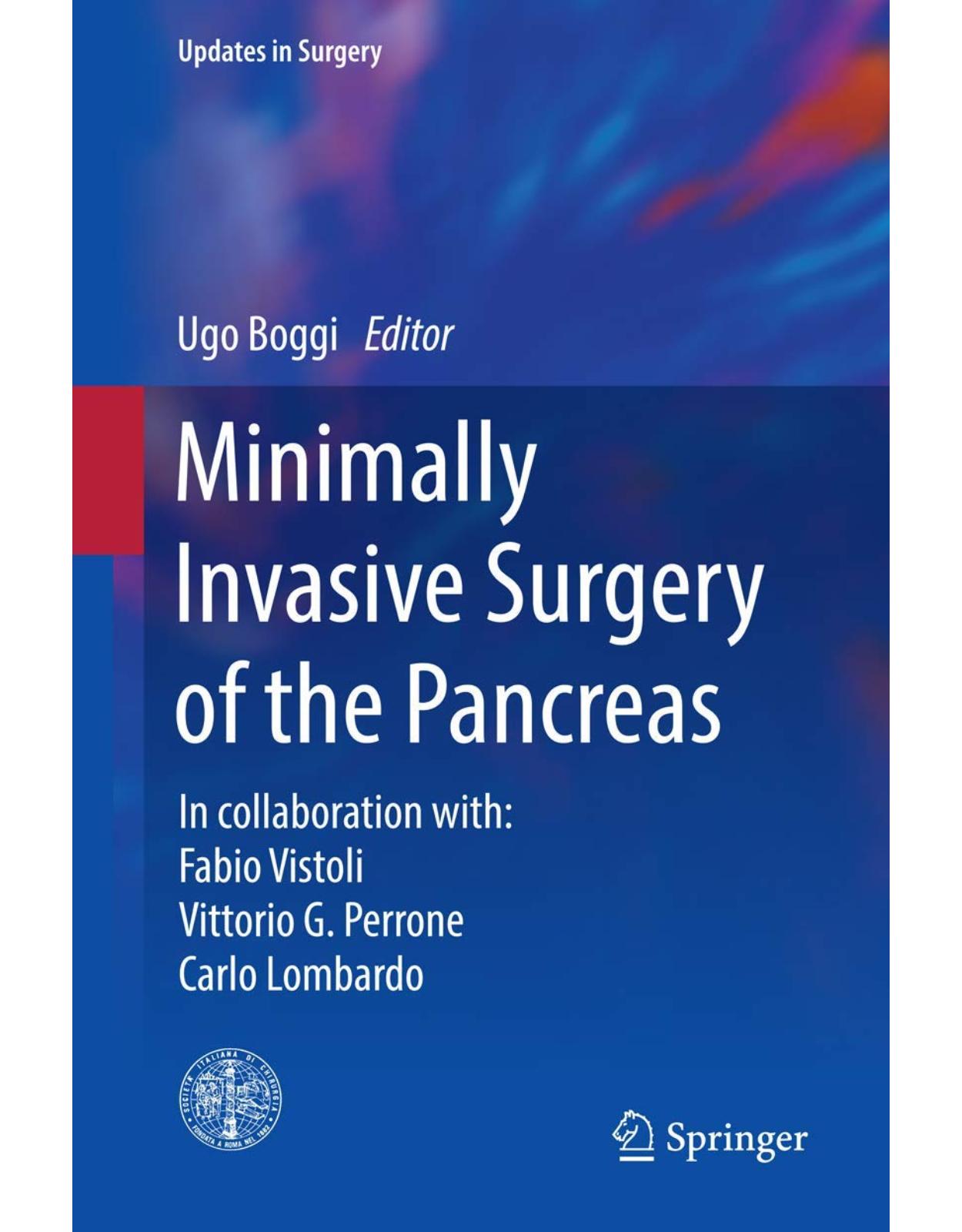
Minimally Invasive Surgery of the Pancreas
Livrare gratis la comenzi peste 500 RON. Pentru celelalte comenzi livrarea este 20 RON.
Description:
This book provides a unique and comprehensive overview of minimally invasive (MI) surgical options for the treatment of pancreatic diseases. The opening chapters present the state of the art of MI pancreatic resection according to the 2016 IHPBA Conference, offer information on the safe dissemination of MI pancreatic surgical techniques, and discuss preoperative evaluations protocols and surgical planning options. The book subsequently investigates the full range of currently available minimally invasive techniques, which includes: biliary and gastric bypass, ampullectomy, central and distal pancreatectomy, laparoscopic and robotic pancreatoduodenectomy, and robotic pancreas transplantation. Combining the acknowledged expertise of the Italian school in pancreatic surgery and the contributions of many leading international experts, the book offers a valuable guide for all surgeons who perform this complex surgery, as well as for residents and fellows-in-training.
Table of Contents:
Contributors
Acknowledgements
1 State of the Art of Minimally Invasive Pancreatic Resection: IHPBA 2016 Conference
1.1 Introduction
1.2 Conference Development
1.3 Conference Design and Content
1.3.1 Systematic Data Review
1.3.2 Overview of the Day
1.4 Conclusions
References
2 Evolving Technologies in the Operating Room for Minimally Invasive Pancreatic Surgery
2.1 Improvements in Minimally Invasive Vision
2.2 The Role of Indocyanine Green Fluorescence Imaging
2.3 The New da Vinci Xi Surgical System
2.4 Intraoperative Ultrasonography
2.5 Virtual Reality for Surgical Planning and Simulation
2.6 4D Image Fusion
2.7 Augmented Reality
2.8 Conclusions
References
3 Simulation in Laparoscopy and Robotics
3.1 Introduction
3.2 The Advent of VR Surgical Simulators
3.3 VR for Laparoscopy
3.4 VR for Robotic Surgery
3.5 The Future of Surgical Simulators
References
4 Systematic Training for Safe Implementation of Minimally Invasive Pancreatic Surgery
4.1 Introduction
4.2 Nationwide Training and Implementation
4.3 Mastery-Based Simulation Curriculum
4.4 Recommendations for Starting Centers
References
5 Contemporary Outcome Measures in Pancreatic Surgery
5.1 Introduction
5.2 Quality of Care in Pancreatic Surgery
5.3 Outcome Metrics in Pancreatic Surgery
5.4 Requirements for a Pancreatic Surgery Center
5.5 Future Prospects and the Minimally Invasive Approach
References
6 Preoperative Evaluation and Anesthesia in Minimally Invasive Surgery of the Pancreas
6.1 Introduction
6.2 Preoperative Evaluation
6.3 The Case of Robotic Surgery
6.4 Hemodynamic and Respiratory Changes in MIPR
6.5 Monitoring and Preparation for Anesthesia
6.6 Neuromuscular Blockade and Ventilatory Strategy
6.7 Anesthesia
6.8 Practical Considerations
6.9 Conclusions
References
7 Contribution of Radiology as an Enabling Medical Specialty
7.1 Introduction
7.2 Radiology as a Diagnostic Medical Discipline
7.3 Radiology as an Enabling Medical Specialty
References
8 Laparoscopic Staging for Pancreatic Cancer
8.1 Introduction
8.2 Staging Modalities in Pancreatic Cancer
8.2.1 Computed Tomography Scan
8.2.2 Magnetic Resonance Imaging
8.3 Surgical Technique of Laparoscopic Staging
8.3.1 Trocar Placement
8.3.2 Intra-Abdominal Examination
References
8.4 Algorithm
9 Thoracoscopic Splanchnicectomy for the Treatment of Severe Pancreatic Pain
9.1 Introduction
9.2 Anatomical Overview
9.3 Technical Considerations
9.4 Operative Technique
References
10 Minimally Invasive Biliary Bypass
10.1 Introduction
10.2 Minimally Invasive Surgical Biliary Bypass
10.2.1 General Considerations
10.2.2 Preoperative Patient Preparation
10.3 Minimally Invasive Interventional Biliary Bypass
10.3.1 General Considerations
10.3.2 Procedures
References
11 Minimally Invasive Gastric Bypass
11.1 Introduction
11.2 Palliation Strategies
11.3 Personal Experience and Surgical Technique
11.3.1 Operative Technique
References
12 Minimally Invasive Drainage Procedures for Chronic Pancreatitis
12.1 Introduction
12.2 Minimally Invasive Total Pancreatectomy with Auto Islet Transplantation
12.3 Minimally Invasive Lateral Pancreatojejunostomy (Modified Puestow)
12.4 Minimally Invasive Frey Procedure
12.5 Minimally Invasive Beger Procedure
12.6 Conclusions
References
13 Percutaneous Necrosectomy and Sinus Tract Endoscopy for Infected Pancreatic Necrosis
13.1 Introduction
13.2 From Open to Minimally Invasive Necrosectomy
13.3 Minimally Invasive Percutaneous Necrosectomy
13.4 Conclusions
References
14 Minimally Invasive Transduodenal Ampullary Resection
14.1 Introduction
14.2 Diagnosis and Staging
14.3 Selection Factors for TDAR
14.4 Technical Aspects of Minimally Invasive TDAR
14.5 Outcomes of Minimally Invasive TDAR
14.5.1 Postoperative Surveillance
14.5.2 Complications
14.6 Conclusions
References
15 Role of Minimally Invasive Surgery in the Treatment of Pancreatic Neuroendocrine Tumors
15.1 Introduction
15.2 Pancreatic Neuroendocrine Tumors
15.3 Surgical Options
15.4 Technical Aspects
15.5 Surgical Outcomes
15.6 Conclusions
References
16 Minimally Invasive Enucleation of Pancreatic Tumors
16.1 Introduction
16.2 MIPE: Indications and Contraindications
16.2.1 Indications for Performing MIPE
16.2.2 Contraindications to MIPE
16.3 Common Pancreatic Lesions Treated by MIPE
16.3.1 Pancreatic Neuroendocrine Tumors
16.3.2 Mucinous Neoplasms: IPMN and MCN
16.4 Perioperative Outcomes
16.4.1 MIPE Compared to SPR
16.4.2 MIPE Compared to Open PE
16.5 Long-term Outcomes
References
17 Central Pancreatectomy: from Open to Minimally Invasive
17.1 Introduction
17.2 Minimally Invasive Central Pancreatectomy: Laparoscopic and Robotic-Assisted Approaches
17.3 Indications
17.4 Laparoscopy Technique
17.5 Robotic-Assisted Technique
17.6 Conclusions
References
18 Minimally Invasive Distal Pancreatectomy for Pancreatic Cancer
18.1 Introduction
18.2 Surgical Techniques
18.2.1 Laparoscopic Approach
18.2.2 Robotic Approach
18.3 Results
18.3.1 Laparoscopic Distal Pancreatectomy
18.3.2 Robotic Distal Pancreatectomy
References
19 Spleen-reserving Distal Pancreatectomy with and without Preservation of the Splenic Vessels
19.1 Introduction
19.2 Operative Technique
19.3 Issues in Splenic Vessel Resection or Preservation
References
20 Minimally Invasive Pancreatectomy plus Islet Autotransplantation for Benign Tumors of the Pancrea
20.1 The Emerging Surgical Problem of Benign Pancreatic Lesions
20.2 Minimally Invasive Distal Pancreatectomy
20.3 Islet Autotransplantation to Improve Glycemic Controlafter Pancreatic Resections
20.3.1 Methods of Islet Isolation
20.3.2 Results of Distal Pancreatectomy and Islet Autotransplantation
20.4 Discussion and Conclusions
References
21 Laparoscopic Distal Pancreatectomy with En Bloc Splenectomy
21.1 Introduction
21.2 Surgical Technique for Laparoscopic DistalPancreatectomy
21.3 Postoperative Management and Complications
References
22 Robotic Spleen-Preserving Distal Pancreatectomy with and without Preservation of the Splenic Vess
22.1 Introduction
22.2 Robotic Distal Pancreatectomy
22.3 Surgical Technique
22.3.1 Kimura Technique
22.3.2 Warshaw Technique
22.4 Conclusions
References
23 Robotic Distal Pancreatectomy with En Bloc Splenectomy
23.1 Introduction
23.2 Indications for Distal Pancreatectomy with En Bloc Splenectomy
23.3 Surgical Technique
23.3.1 Surgical Equipment
23.3.2 Postoperative Management
23.4 Early and Late Complications
References
24 Laparoscopic Pancreatoduodenectomy
24.1 Introduction
24.2 Patient Selection
24.3 Operative Data and Learning Curve
24.4 Surgical Technique
24.5 Postoperative Outcomes
24.6 Oncologic Outcomes
24.7 Costs and Quality of Life
24.8 Conclusions
References
25 Hybrid Laparoscopic Pancreatoduodenectomy
25.1 Introduction
25.2 Indications and Preoperative Assessment
25.3 Patient Positioning and Technical Requirements
25.4 Surgical Procedure
25.4.1 Initial Steps
25.4.1.1 Trocar Placement
25.5 Specific Intraoperative Complications and their Management
25.6 Conclusions
References
26 Robotic Pancreatoduodenectomy
26.1 Introduction
26.2 Selection of Patients for Robotic Pancreatoduodenectomy
26.3 Techniques for Robotic Pancreatoduodenectomy
26.4 Training and Learning Curve
26.5 Results of Robotic Pancreatoduodenectomy
26.6 Conclusions
References
27 Robotic Pancreatoduodenectomy for Pancreatic Cancer with Superior Mesenteric/Portal Vein Resectio
27.1 Introduction
27.2 Indications to RPD with SM/PV Resection and Reconstruction
27.3 Surgical Technique
27.4 Results
27.4.1 Personal Experience
27.4.2 Literature Review
27.5 Conclusions
References
28 Minimally Invasive Total Pancreatectomy
28.1 Introduction
28.2 Procedure Overview
28.3 Patient Position, Robotic Docking, and Port Placement
28.4 Two-Step Robotic Technique
28.4.1 First Step
28.4.2 Second Step
28.5 Reconstruction
28.6 Discussion
References
29 Robotic Pancreas Transplantation
29.1 Introduction
29.2 Reasons Limiting Earlier Implementation of MI PTx
29.3 Rationale for MI PTx
29.4 Practical Problems of Robotic PTx
29.5 Requirements for Performing Robotic PTx
29.6 Surgical Technique
29.6.1 Donor Procedure
29.6.2 Recipient Procedure
29.7 Other Techniques for Robotic PTX
29.8 Conclusions
References
| An aparitie | 27 Oct. 2017 |
| Autor | Ugo Boggi |
| Dimensiuni | 15.6 x 1.91 x 23.39 cm |
| Editura | Springer |
| Format | Hardcover |
| ISBN | 9788847039575 |
| Limba | Engleza |
| Nr pag | 312 |
-
1,20900 lei 1,05700 lei

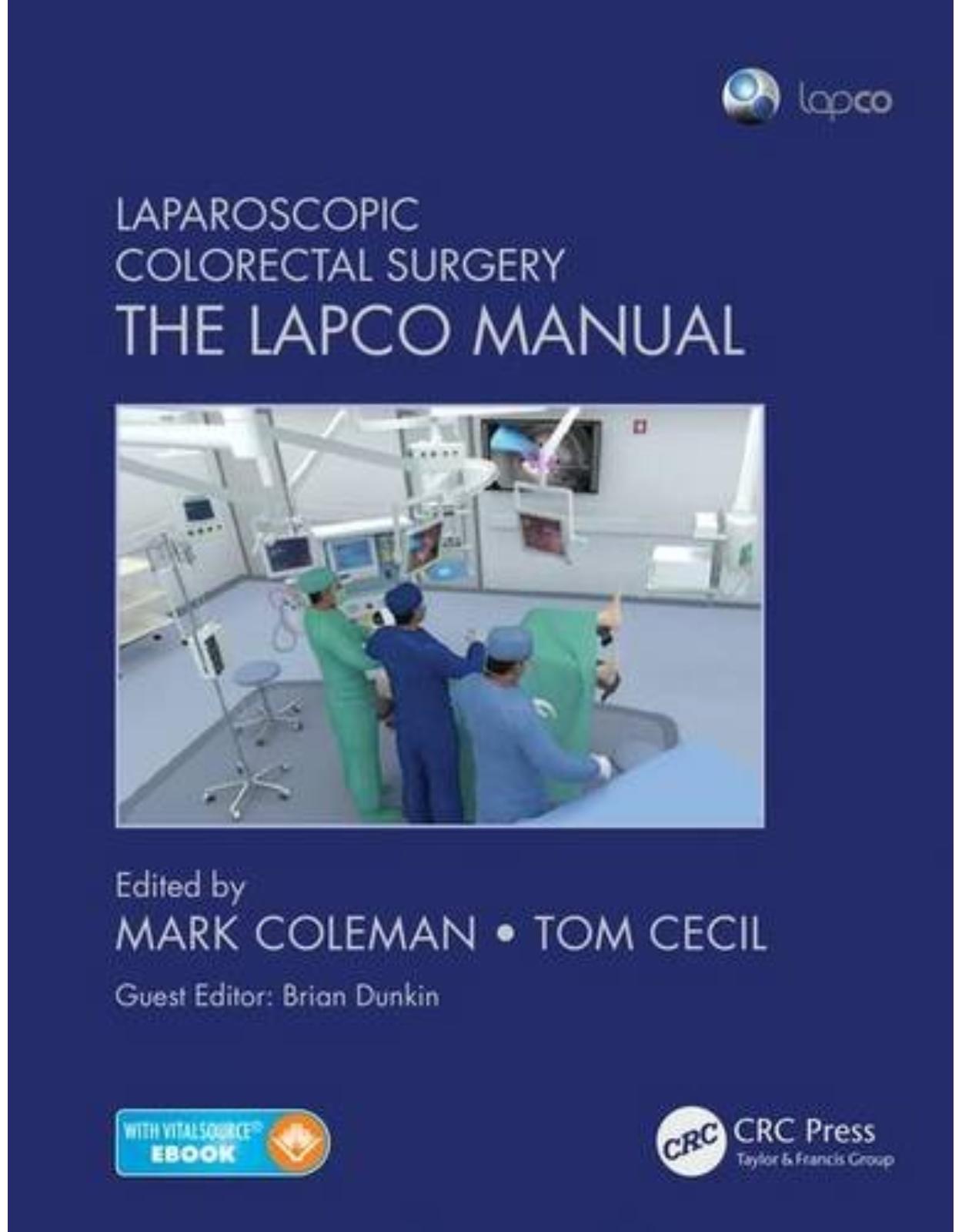
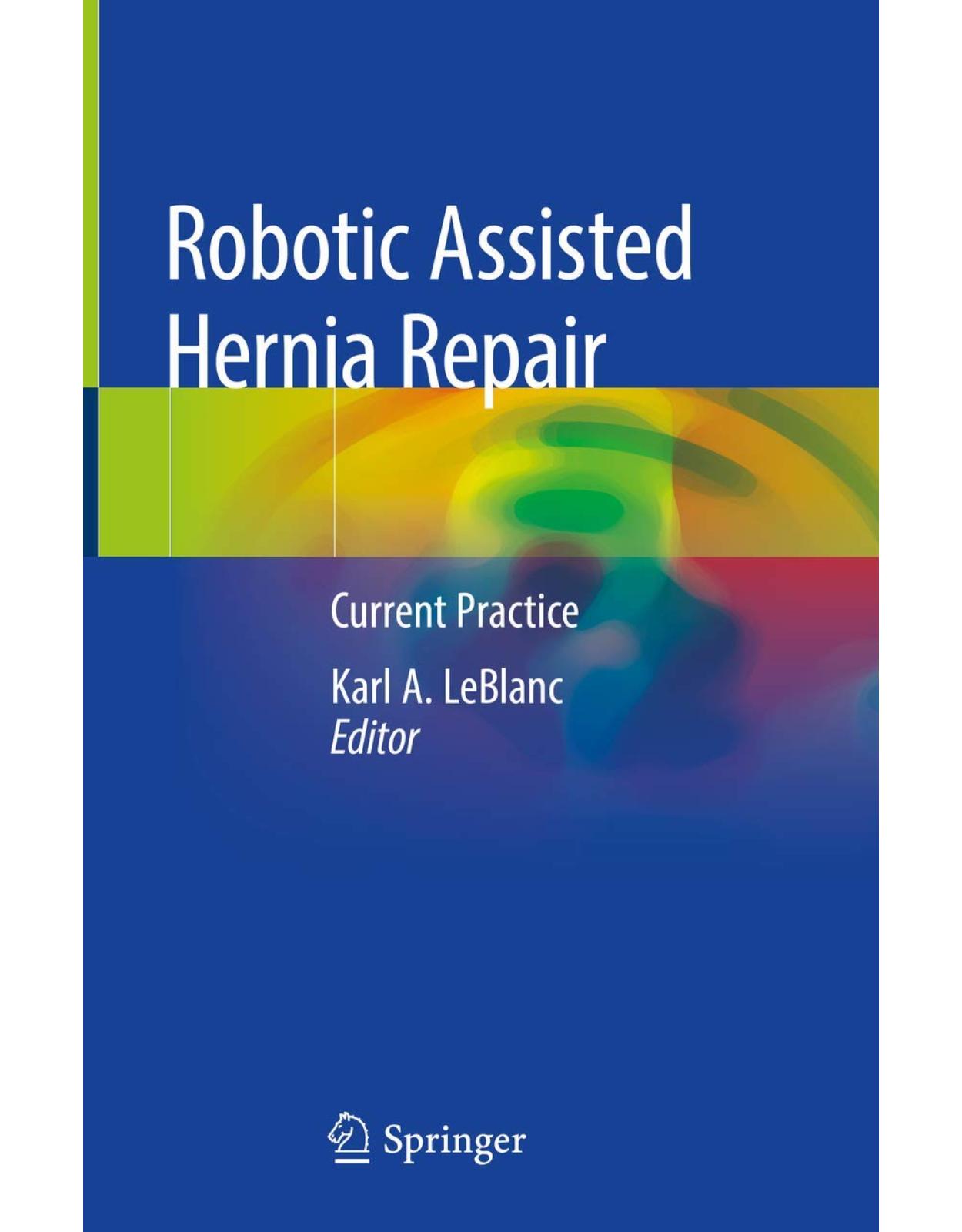
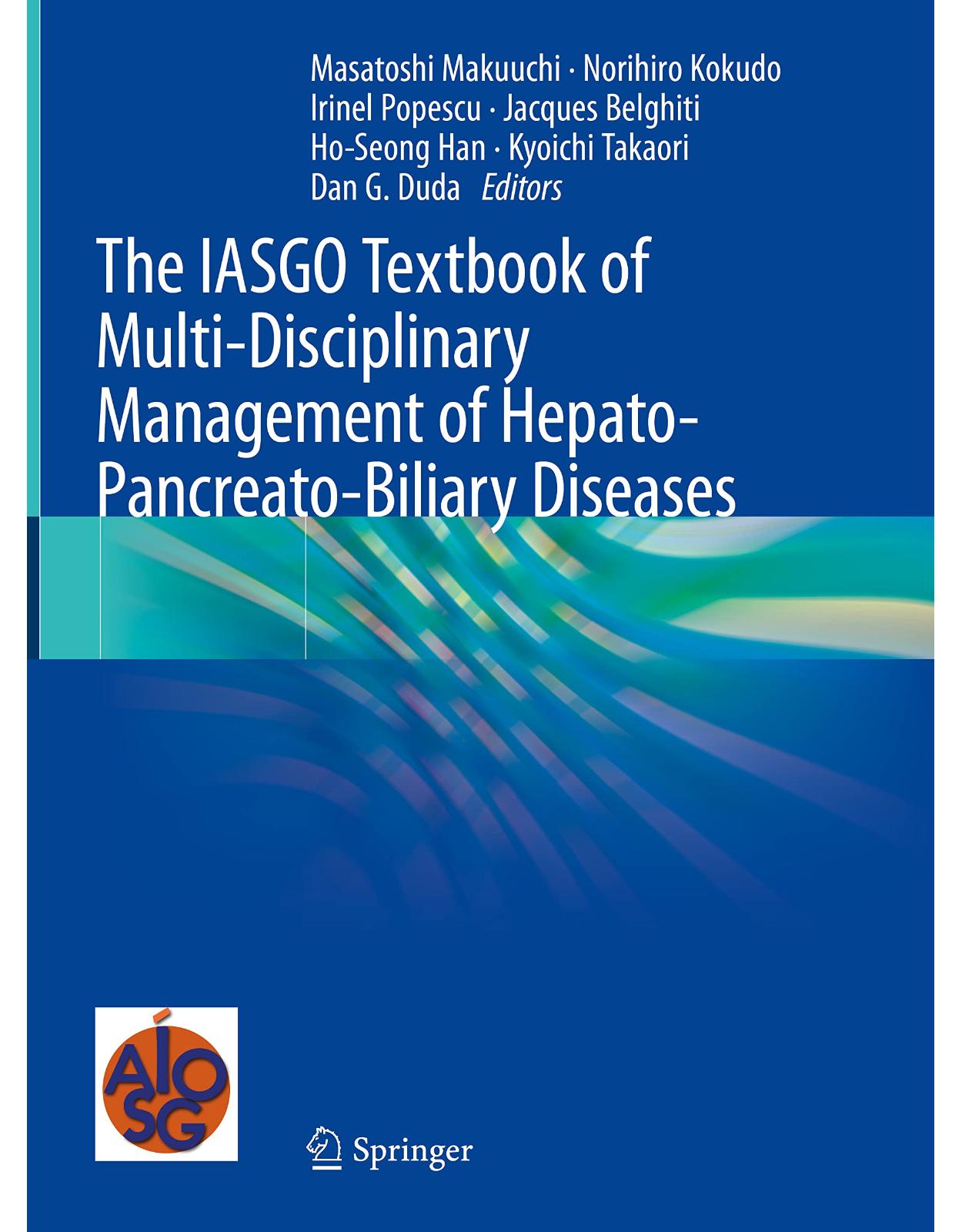
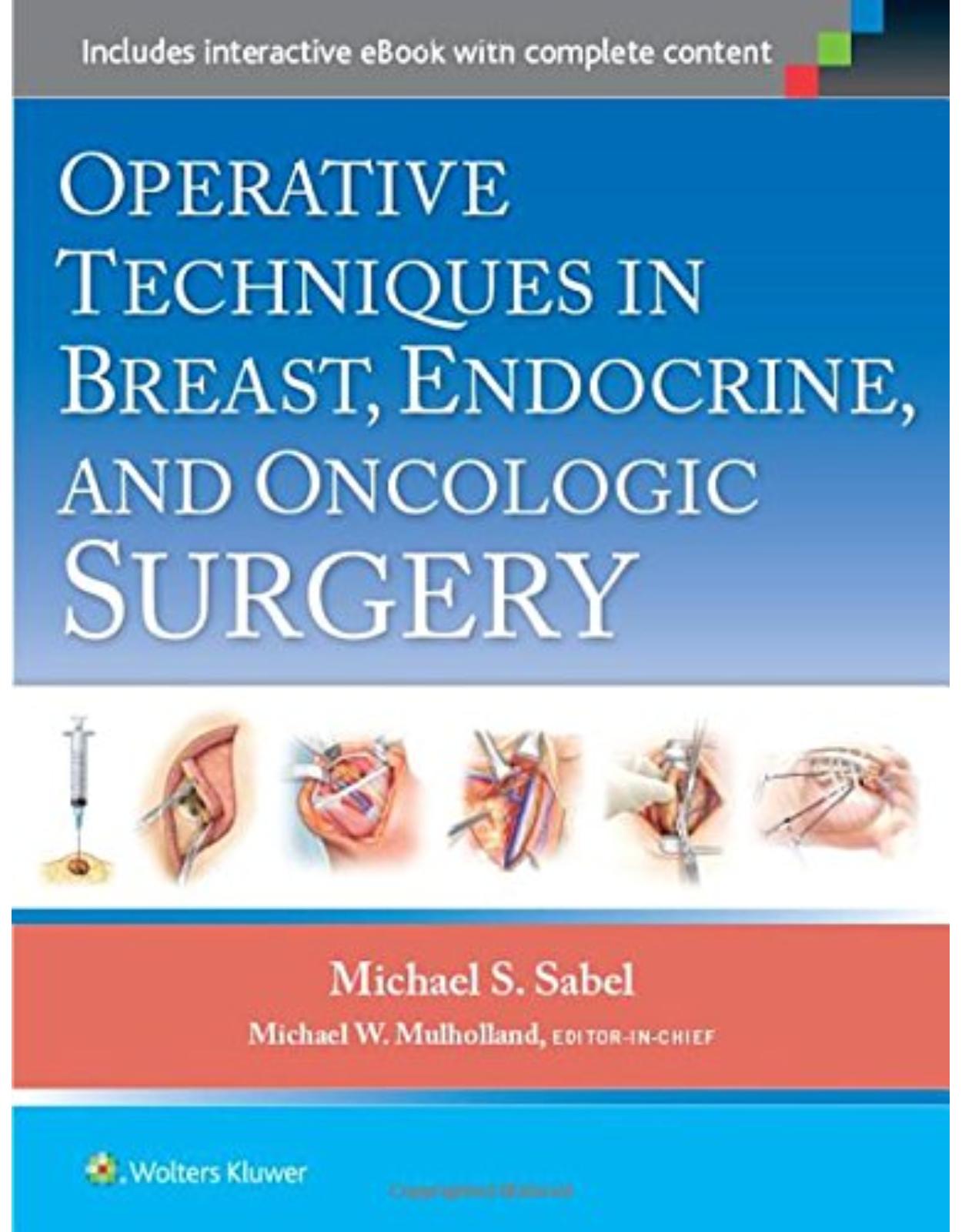
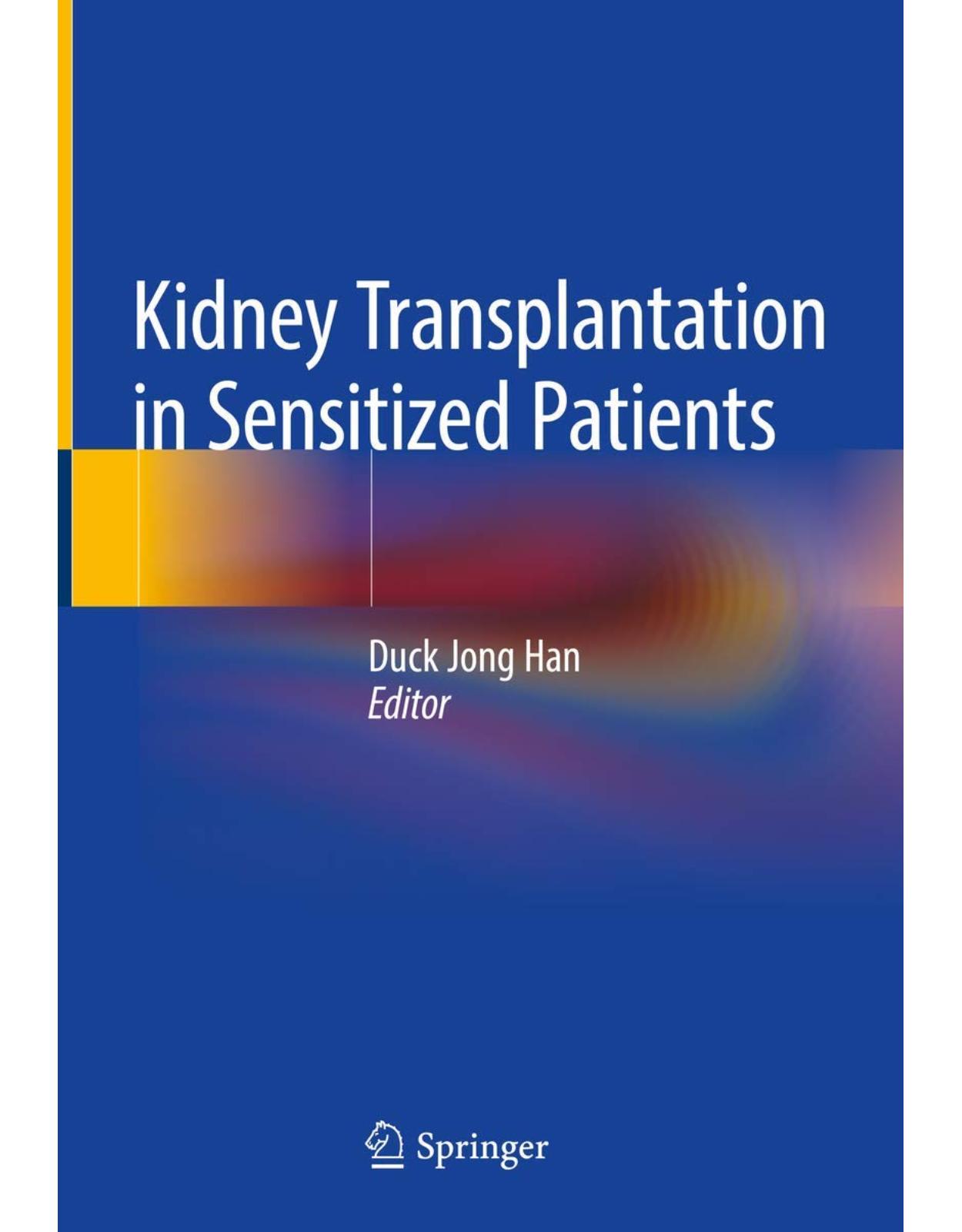
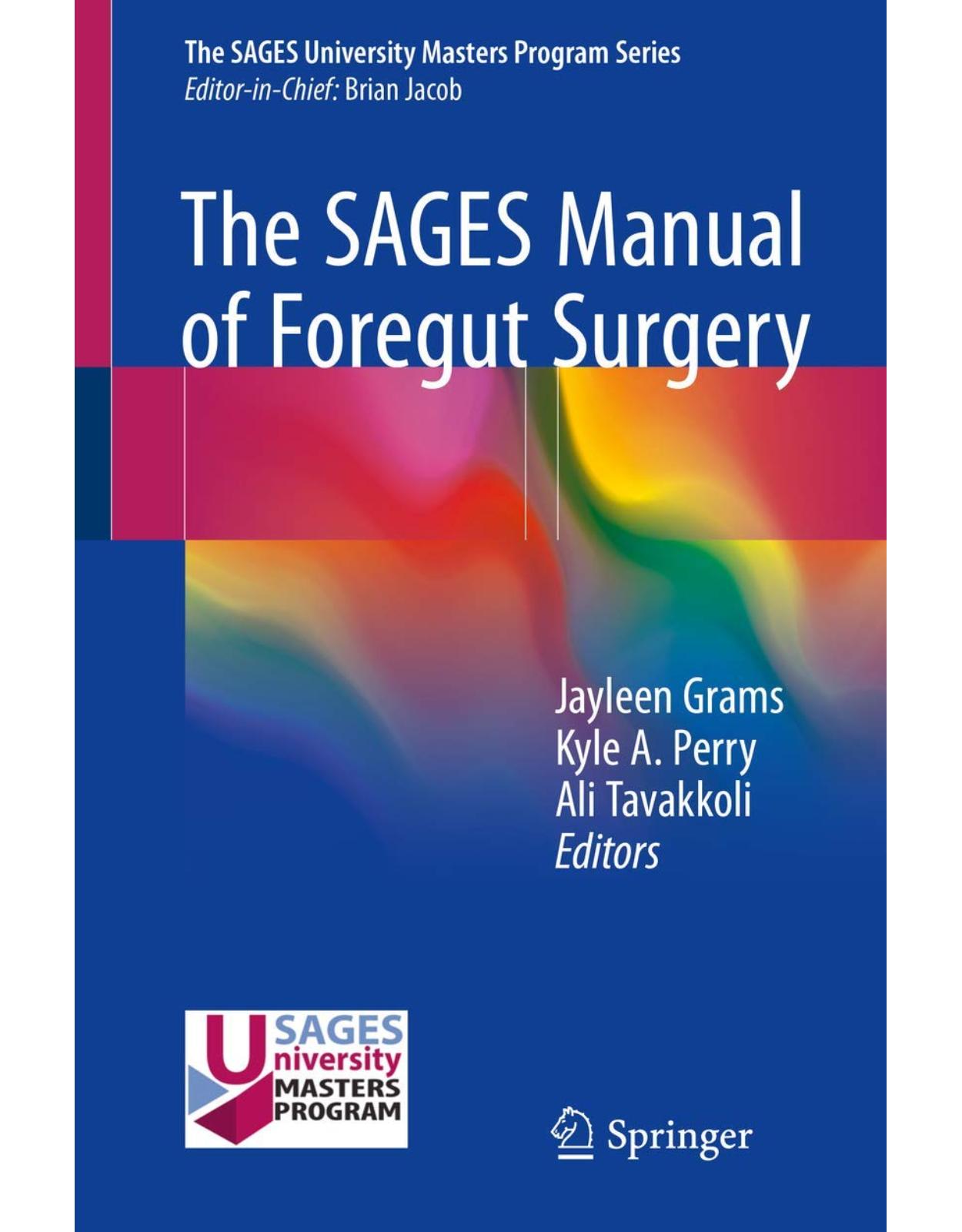
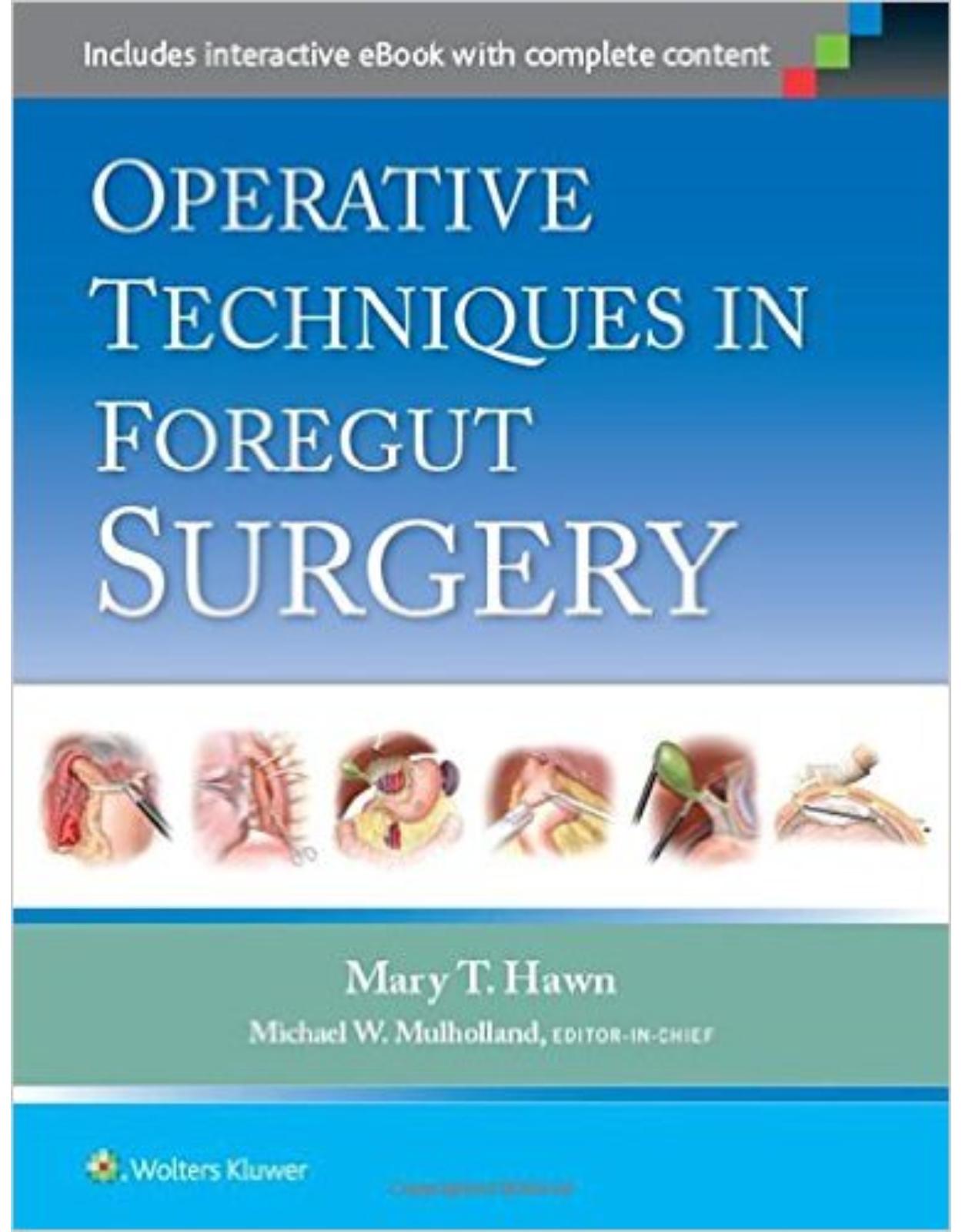
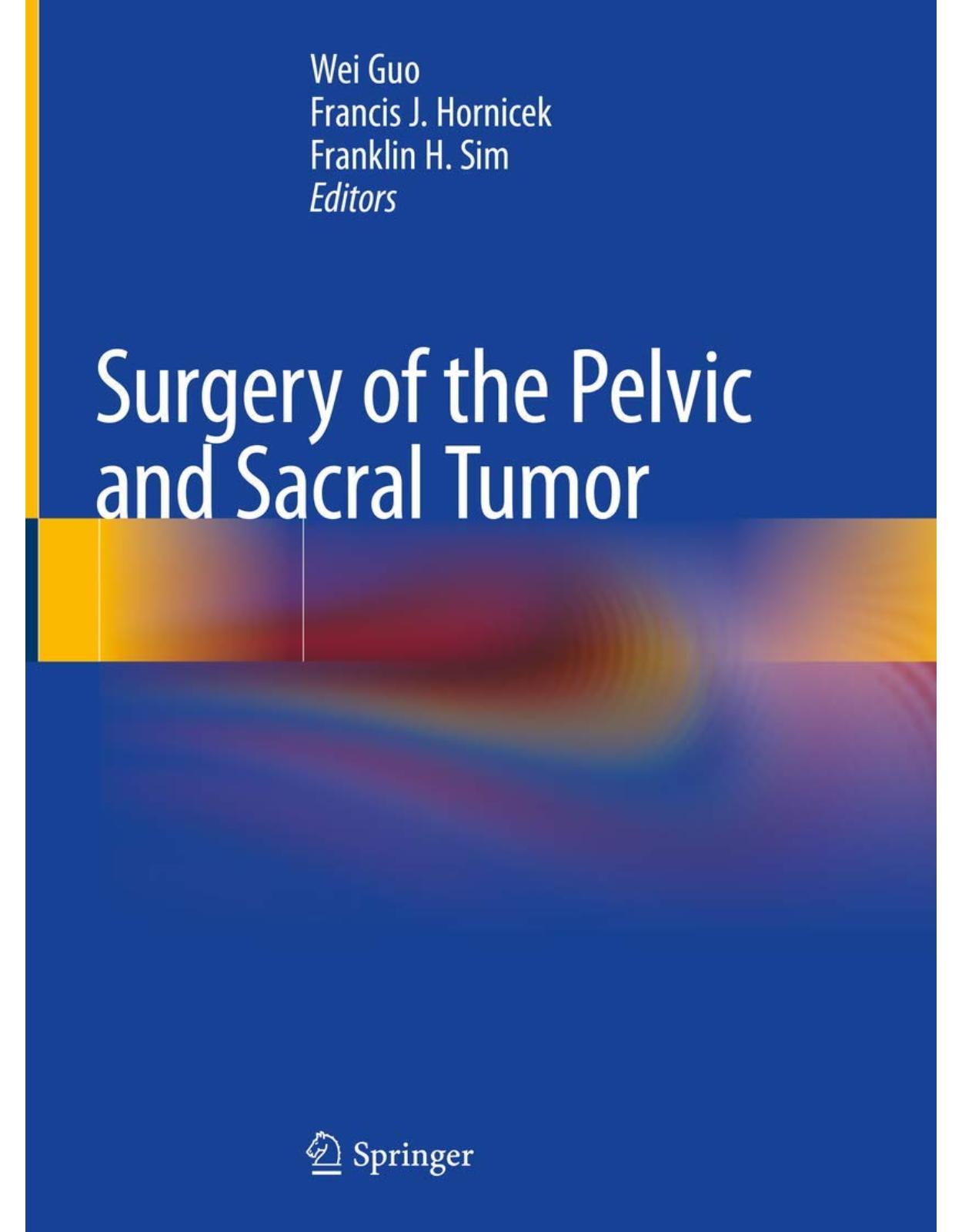
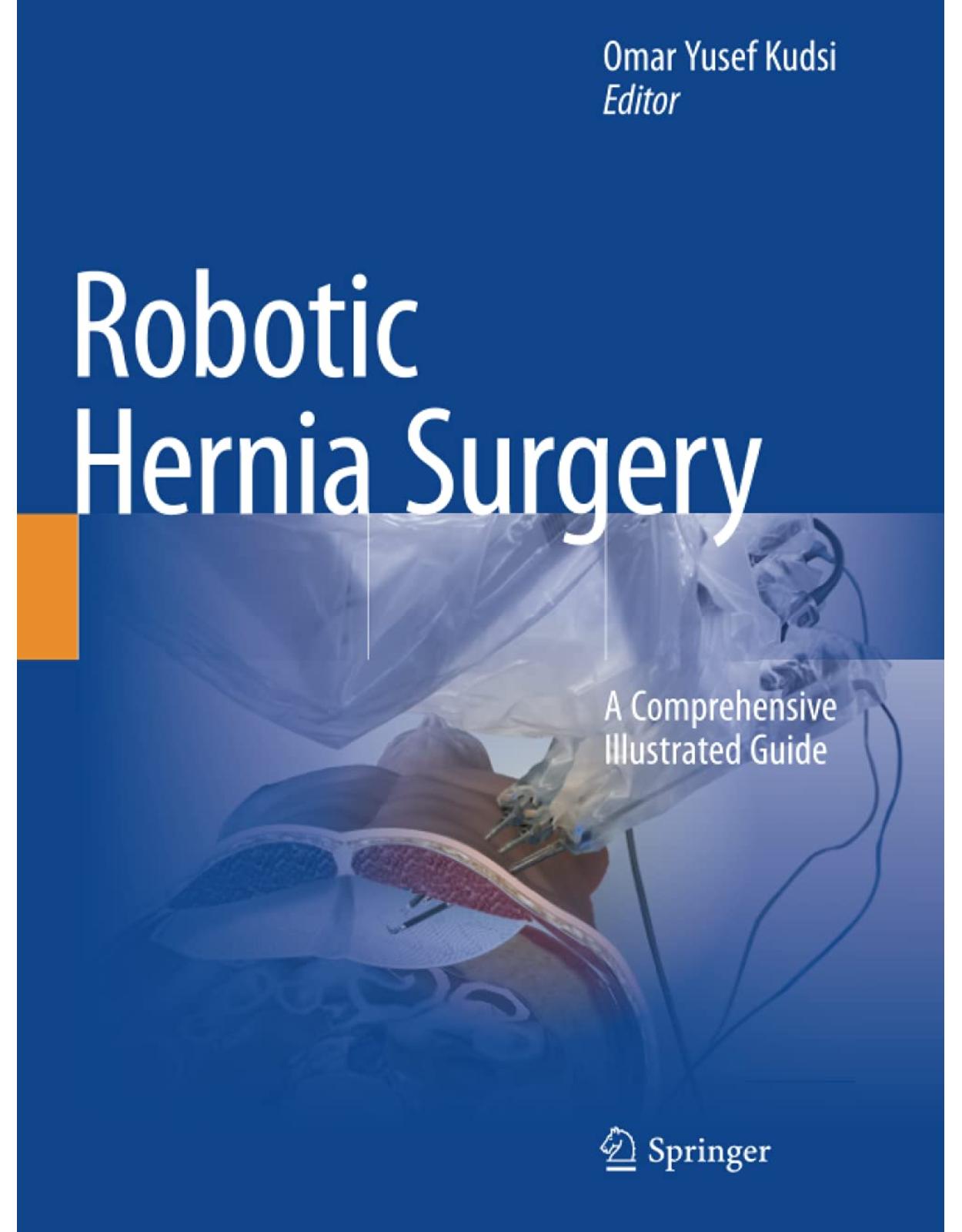
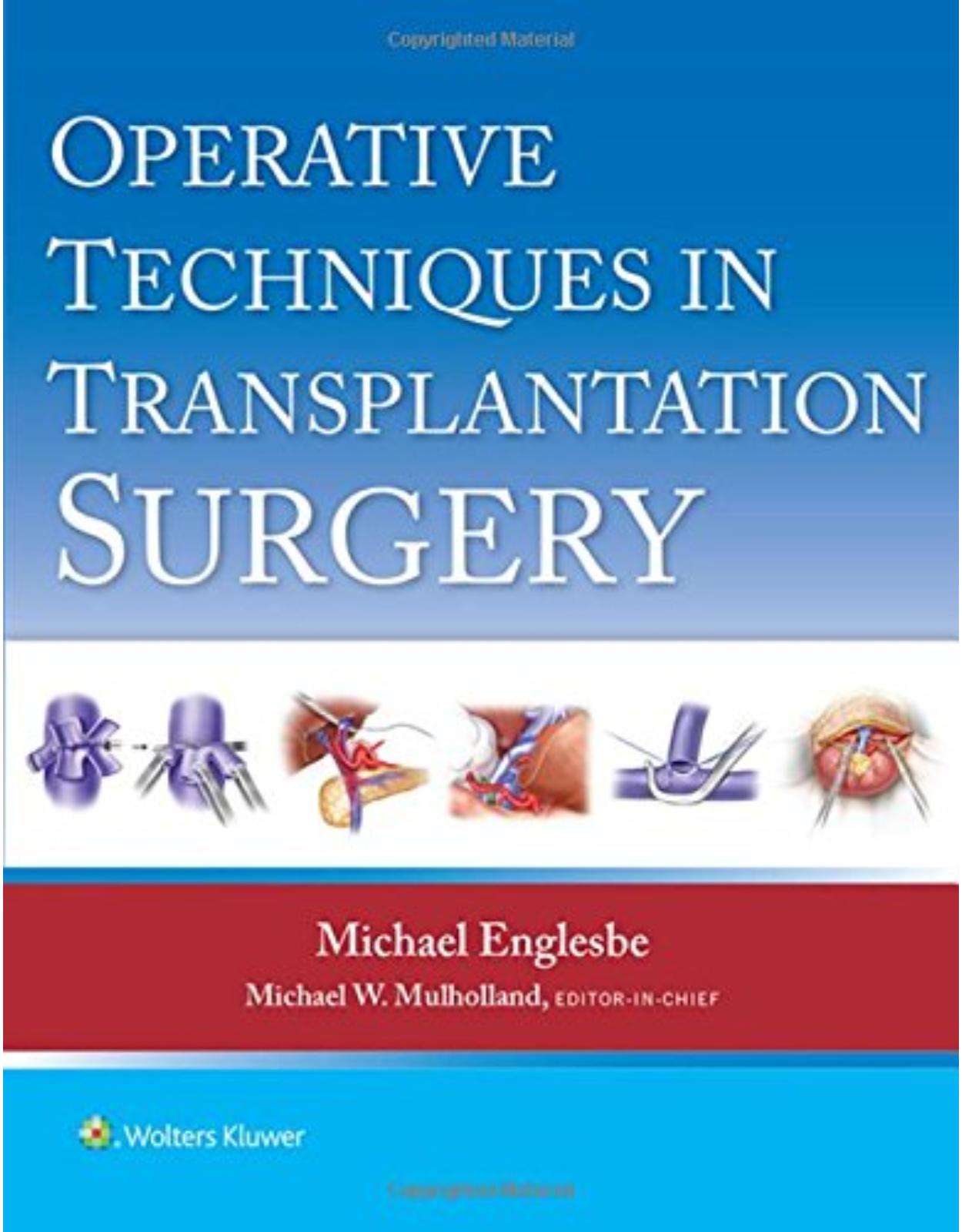


Clientii ebookshop.ro nu au adaugat inca opinii pentru acest produs. Fii primul care adauga o parere, folosind formularul de mai jos.